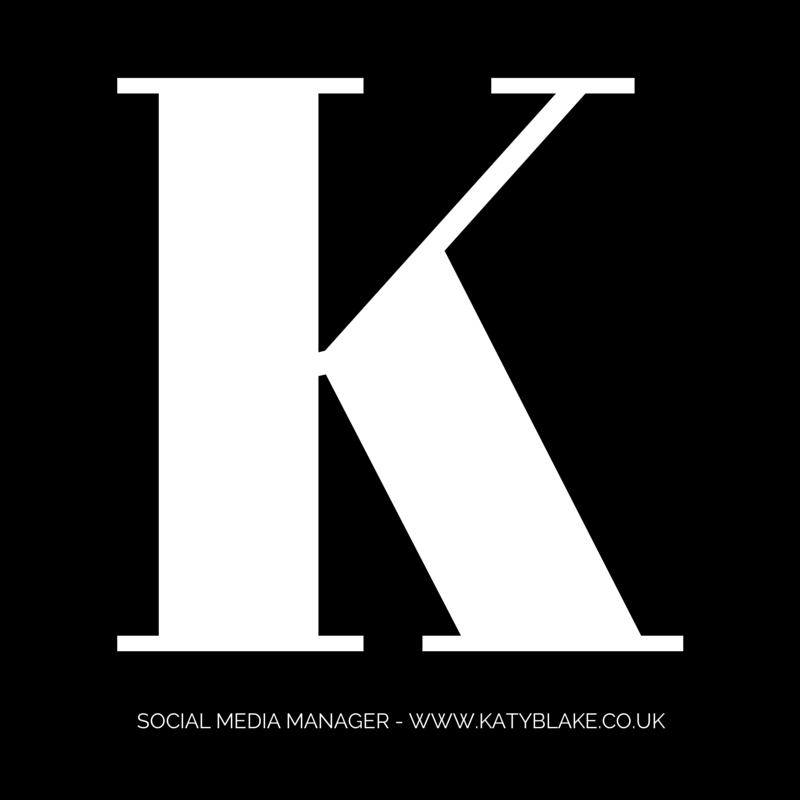It's a debate that is almost as old as social media itself. Should luxury brands be social, or does that undermine their exclusivity?
When Twitter and Facebook first launched, most brands decided to stay away, preferring to maintain their niche and elite status. That has all changed, though.
Burberry, for example, now dedicates 60% of it's advertising budget to digital. It's had a huge amount of success on sites such as Facebook and Instagram, including that memorable Art of the Trench campaign.
Chanel, which joined Twitter in 2011, has recently taken to Instagram - and the brand already had 1.7 million followers on the site, despite never posting. It's now one of best performing luxury brands on the platform, with posts such as this:
One of the most quoted cases of a luxury brand shying away from social is high-end culture/design publisher Monacle.
Andrew Tuck, the editor, said that the magazine publishes 40,000 words each month, and the opinions of its editors can be found all over the radio. They are refusing to share their articles over social media, though, and are actively boycotting Twitter and Instagram.
“Social media feels a little like too much exposure. For our brand, it just seems a bit uncomfortable.”
Rolex are a little more open. They've had a Facebook page for a year, but post only a few times a month, and the content is usually very similar to its print adverts. They also have Twitter and Instagram accounts, but these are locked down, and anyone requesting access is vetted first.
“They are not oblivious to the data. And they are right to not just rush into channels because the brand is so admired. You cannot start a Twitter stream and then stop it. ”
Apple are another famous channel who haven't yet embraced social, although they are starting to make the right moves - they created a colourful Tumblr to promote the cheaper iPhone 5C this year, and they've been hiring hot social talent from the likes of Nike. They are keeping tight-lipped on whether they'll be embracing any social channels in the near future, though.
What about the luxury brands that are embracing social?
Luxury mobile phone manufacturer Vertu is one company that's trying. There is an official Facebook, Twitter, Pinterest, Instagram and YouTube, although the strategy has altered dramatically over recent months, from posting once a day to up to five times a day, multiple times per week and back to once a day.
The company currently has 143,888 fans on Facebook, although engagement can be hit and miss, and a large amount of the audience appears to be people who can't afford the $15,000 phones - although they certainly aspire too.
So should luxury brands be on social?
Data from Brandwatch seems to suggest yes.
“98% of affluent customers with an income of over £250,000 per annum use digital media to communicate, with 71% using social media.”
That's not all, either. Being on social media gives you a great insight into your customers, including where they live, what their interests are and why they like your brand. Burberry used its social media to inform its Christmas retail last year, and grew revenue by 14% to £528m.
Finally, if you aren't on social media, you're left in a much weaker position if a brand crisis occurs. Reputation is vital in the luxury market, and the only way to have any control over this is to be active and responsive online.
You can even use social media to identify brand influencers, and use them to amplify your message and increase sales.
So how do you do it?
As always with social media, it's all about the strategy.
Subscribe to the newsletter to make sure you get the next instalment of how luxury brands should be using social.




